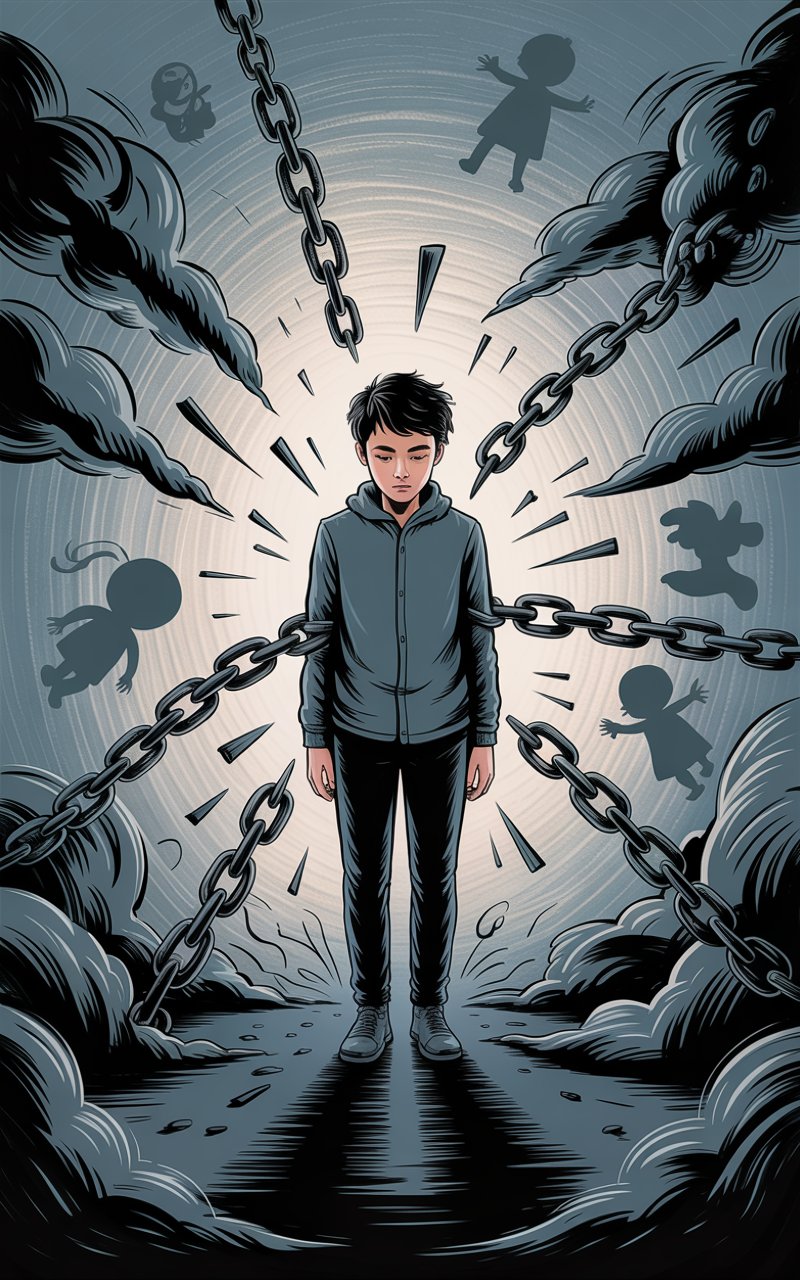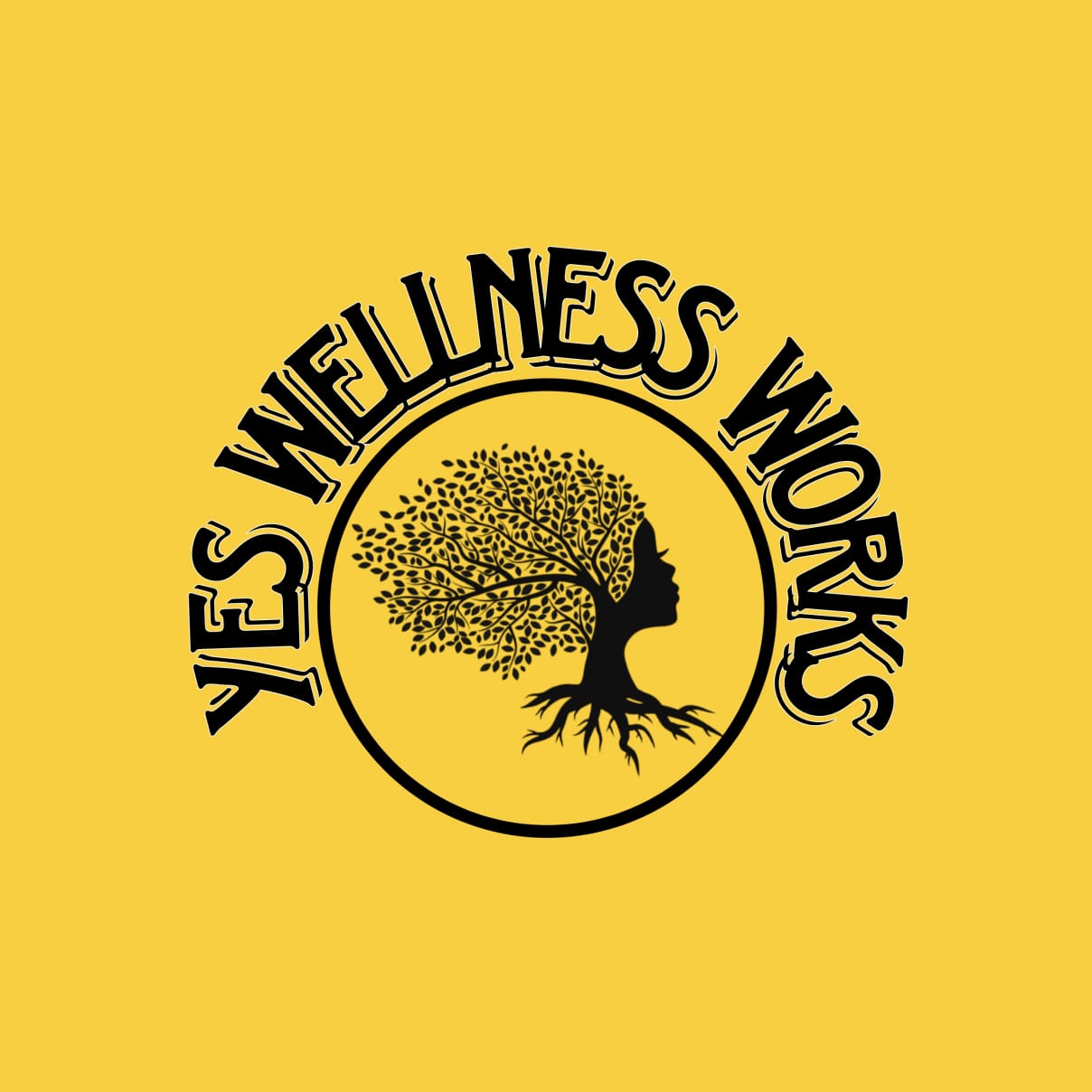
Adverse Childhood Experience: 7 Damaging Ways It Destroys Mental and Emotional Health
How Adverse Childhood Experience Shapes a Person’s Life
When we think about childhood, many imagine carefree play, nurturing love, and endless possibilities. But for some, early years carry deep scars—moments of neglect, abuse, or instability. These early hardships, known in psychology as adverse childhood experience (ACE), often extend far beyond childhood. They leave lasting imprints on the body, mind, and relationships of individuals as they move into adulthood.
This blog explores how these early struggles affect physical health, emotional stability, mental well-being, and life choices. We’ll also look at ways healing is possible, even after difficult beginnings.
Understanding Adverse Childhood Experience
An adverse childhood experience refers to traumatic or highly stressful events during childhood, usually before the age of 18. These can include:
- Physical, emotional, or sexual abuse
- Emotional or physical neglect
- Living with a parent who has addiction issues
- Witnessing domestic violence
- Separation or divorce of parents
- Exposure to crime or unsafe environments
Researchers first coined the term ACE in the 1990s through a groundbreaking study by the Centers for Disease Control and Kaiser Permanente. The study revealed that the number of ACEs a child faces often predicts long-term consequences in adulthood. The higher the score, the greater the risk for health, emotional, and social challenges later in life.
Emotional and Psychological Impact
One of the most profound effects of an adverse childhood experience is its influence on mental health. A child growing up in an unsafe or unstable environment learns to survive but not always to thrive.
1. Anxiety and Hypervigilance
Children exposed to constant fear or neglect may grow into adults who are always “on edge.” Their nervous system becomes wired to expect danger. This makes them more prone to anxiety disorders, panic attacks, and even post-traumatic stress disorder (PTSD).
2. Low Self-Worth
Repeated criticism, neglect, or abuse can send a powerful message: “I am not good enough.” Adults who lived through ACEs often battle feelings of inadequacy, guilt, or shame. These beliefs can follow them into relationships, careers, and even parenting.
3. Depression and Hopelessness
When children do not feel safe or supported, they may internalize hopelessness. Studies show that individuals with multiple adverse childhood experiences are significantly more likely to suffer from depression in adulthood.
Physical Health Consequences
The mind and body are deeply connected. Stress during childhood floods the body with hormones like cortisol and adrenaline. While useful in short bursts, long-term stress weakens health.
1. Chronic Illnesses
Adults with higher ACE scores are more likely to develop chronic conditions like diabetes, heart disease, asthma, and obesity. The stress response damages immunity and disrupts bodily regulation over time.
2. Risky Health Behaviors
To numb unresolved pain, some individuals turn to smoking, alcohol, or drug use. Others may overeat or engage in reckless behaviors. These coping mechanisms provide short-term relief but increase long-term health risks.
3. Early Mortality
Several studies show a direct link between an adverse childhood experience and a shortened life span. Toxic stress during developmental years takes a toll on both mental and physical resilience.
Effects on Relationships
Another major area affected is human connection. Childhood experiences shape attachment patterns—how we trust, love, and relate to others.
1. Fear of Abandonment
If a child experienced neglect or parental loss, they may enter adult relationships with heightened fear of being left behind. This can lead to clinginess, jealousy, or difficulty trusting others.
2. Difficulty with Intimacy
Those exposed to abuse may struggle with vulnerability and closeness. Emotional walls become a way to protect themselves but also create distance from partners or friends.
3. Parenting Struggles
Adults with unresolved trauma may find it hard to provide the stability and safety they lacked. This does not mean they cannot be good parents—but it often requires conscious effort and healing to break the cycle.
Career and Work-Life Impact
The influence of adverse childhood experience extends into professional life too.
- Lack of Confidence: Childhood criticism can reduce self-esteem, leading to hesitation in pursuing promotions or leadership roles.
- Burnout Susceptibility: Adults with ACEs may struggle with boundaries, overworking to prove their worth, which increases burnout risk.
- Conflict Management: Early exposure to conflict or violence may make workplace disagreements feel threatening, impacting teamwork and communication.
Social and Behavioral Outcomes
Adverse childhood experience does not only shape private life but also public behavior.
- Higher Likelihood of Substance Use Disorders: Many turn to substances as a coping mechanism.
- Criminal Risk Factors: Some studies reveal higher incarceration rates among those with multiple ACEs.
- Educational Setbacks: Trauma can disrupt concentration, making academic achievement more challenging, which later affects career opportunities.
Healing After Adverse Childhood Experience
While the effects of ACEs are serious, they are not a life sentence. Healing is possible through awareness, therapy, and supportive relationships.
1. Therapy and Counseling
Trauma-focused therapies, such as EMDR (Eye Movement Desensitization and Reprocessing), CBT (Cognitive Behavioral Therapy), and inner child work, help individuals process early pain.
2. Building Emotional Awareness
Recognizing triggers and emotions is a first step in managing their effects. Mindfulness, journaling, and meditation help individuals stay grounded and aware.
3. Supportive Relationships
Healthy relationships provide corrective experiences. Being with people who are safe, consistent, and empathetic can slowly rewire the brain to trust again.
4. Physical Self-Care
Exercise, balanced nutrition, and restful sleep strengthen resilience. When the body feels safe, the mind follows.
5. Breaking the Cycle
Many survivors of adverse childhood experience make intentional efforts to give their children what they lacked. Conscious parenting, therapy, and education help them create safer, healthier environments for the next generation.
Moving from Surviving to Thriving
The story of an adverse childhood experience is not just about pain—it’s also about resilience. Many adults who endured such challenges go on to become compassionate leaders, loving parents, and advocates for change. Their journey shows that with the right tools and support, the past does not have to define the future.
Healing is not about erasing memories but about learning to live fully despite them. By facing and addressing the wounds of childhood, individuals can reclaim their power, rewrite their story, and live healthier, more fulfilling lives.
Final Thoughts
An adverse childhood experience can shape nearly every area of life—mental health, physical well-being, relationships, and professional growth. Yet, while its shadow is long, healing light is possible. Awareness, therapy, supportive communities, and intentional change can transform old scars into sources of strength.
Our childhoods may influence us, but they do not have to define who we become.

Adverse childhood experience can damage emotional health and relationships.
Breaking free from ACEs is possible through awareness and healing
